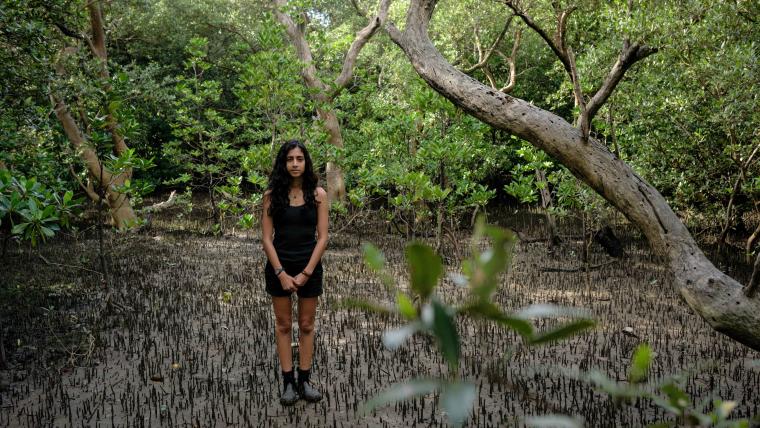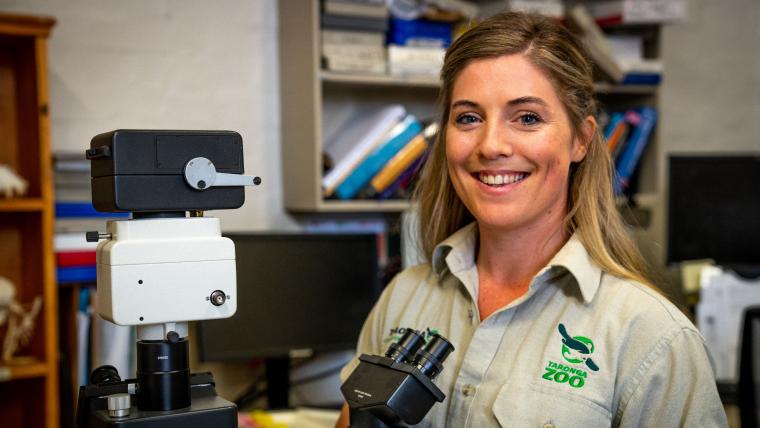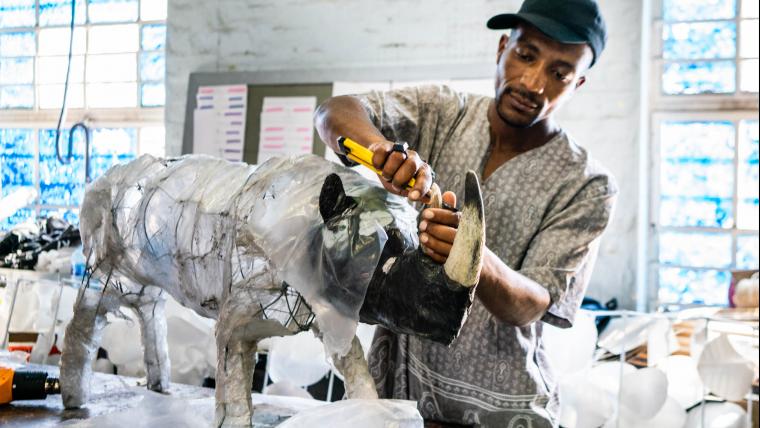
Crab crisis: why you need to care
The sodden marsh breathes as thousands of punctures allow air to penetrate the mud. A world beneath stirs with underground creatures alerted to the retreating tide. A non-event from afar, but closer inspection reveals hordes of tiny crabs erupting onto the surface, ready to explore the daylight. But there’s limited time for play. The crustaceans have work to do.
They form a vital part of the ephemeral pan ecosystem in the iSimangaliso Wetland Park, where Nasreen Peer first discovered them. The 26-year-old marine biologist completed her PhD research on the fascinating creatures through Nelson Mandela University. Peer has been intrigued by seaside ecosystems since childhood, having grown up in Port Shepstone on the KwaZulu-Natal south coast. There she explored rock pools and became absorbed by the ethereal worlds that spend half their time submerged in water and the rest exposed. Time didn’t shake her from these fantasies. It brought them to life, as Peer committed her career to the coast and its creatures.
“The small things matter a lot, not just the big visible things,” she says. In 2015, her PhD earned her the National Research Foundation’s coveted Research Excellence Award, which opened the door for her to work at iSimangaliso. Peer’s study of the crabs is crucial to their survival, as climate change threatens their future. By broadening our understanding of these creatures, Peer is enabling us to protect them. Her efforts are valiant, but they will be in vain if the global community does not heed the call to make the drastic changes needed to save our planet.






























Please sign in to leave a comment